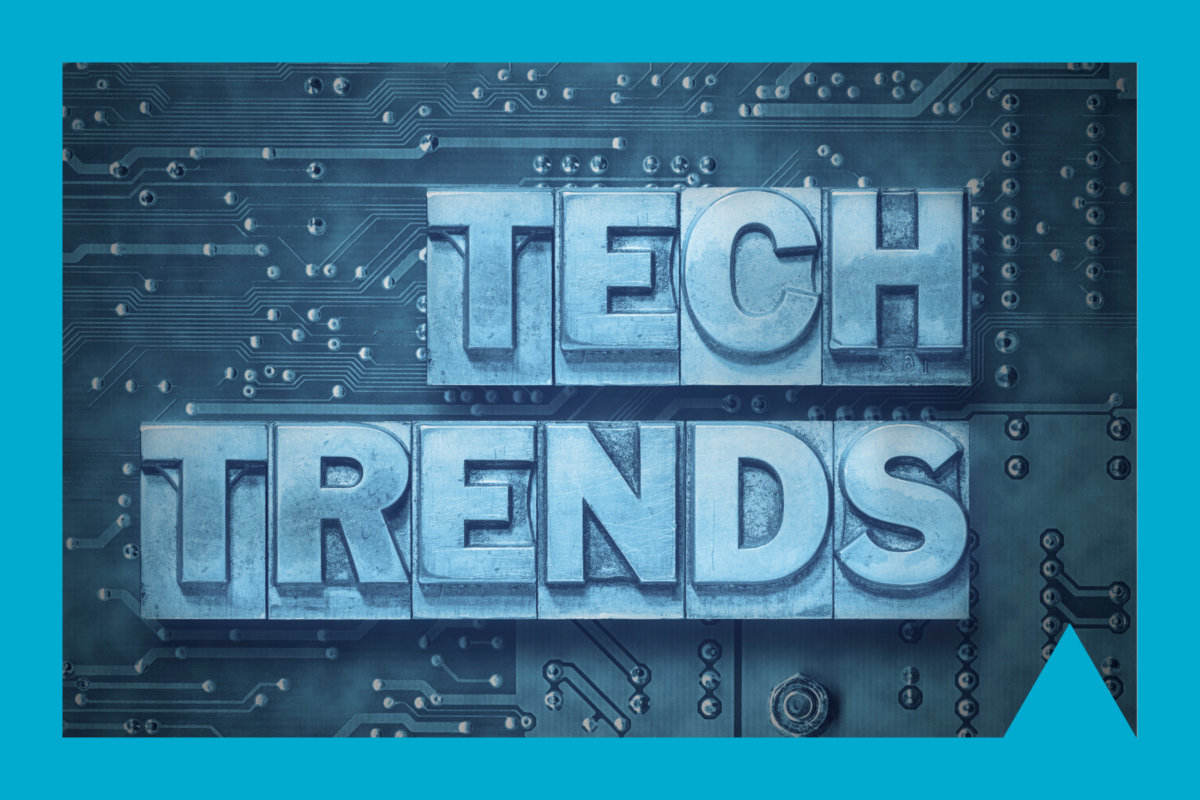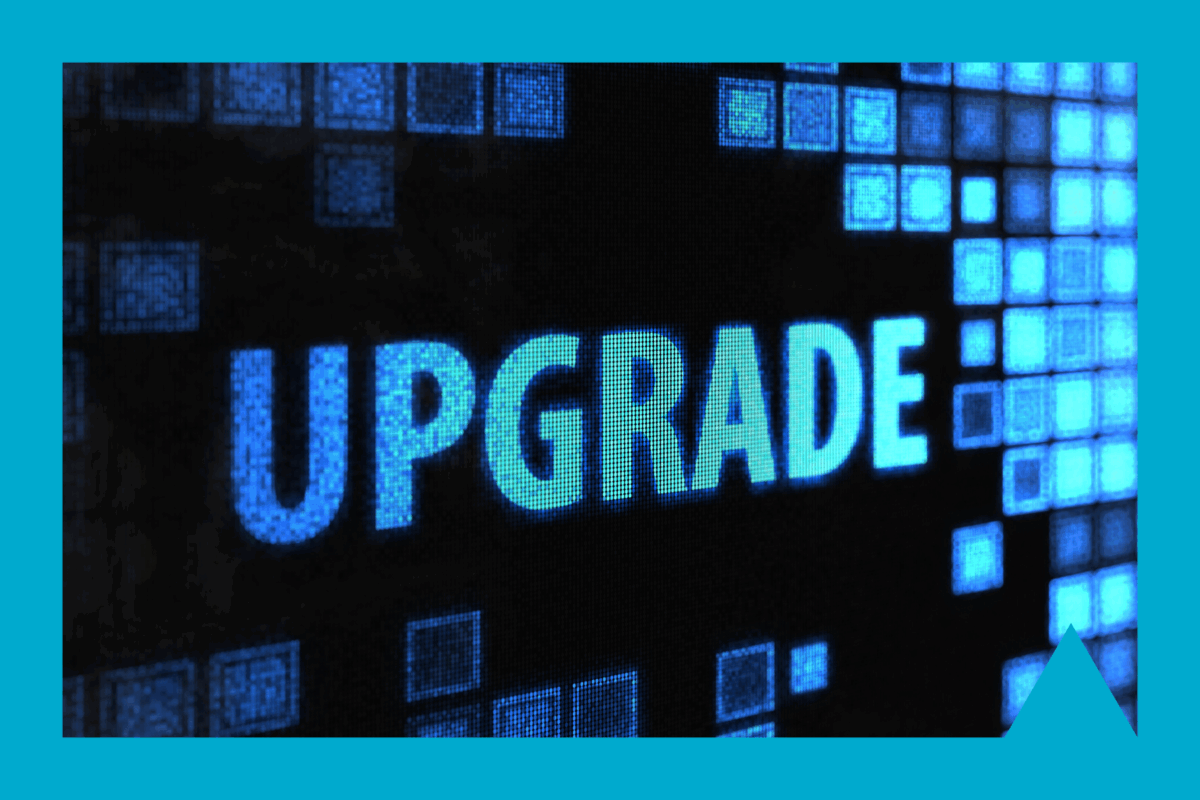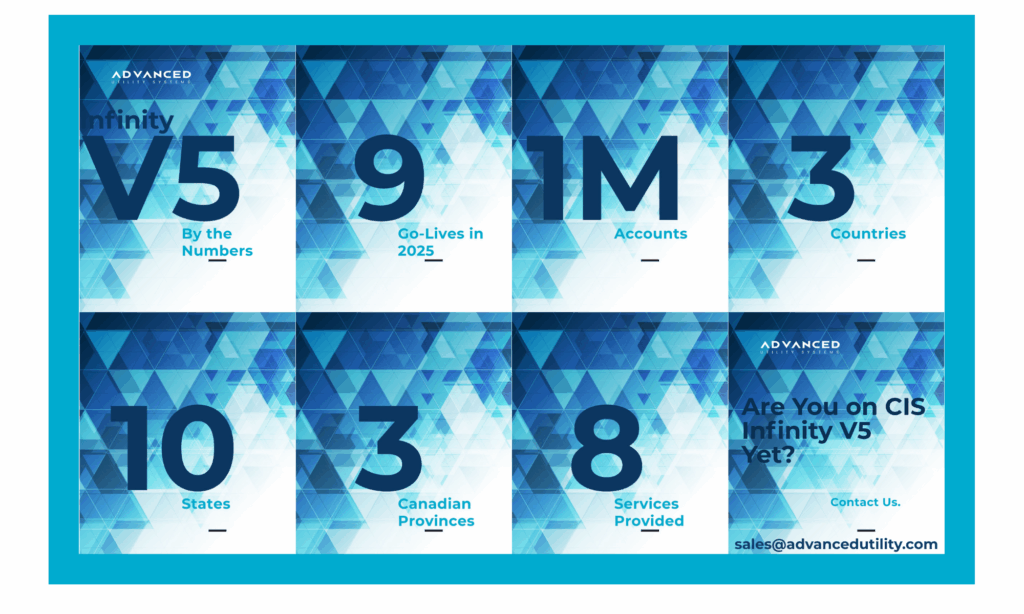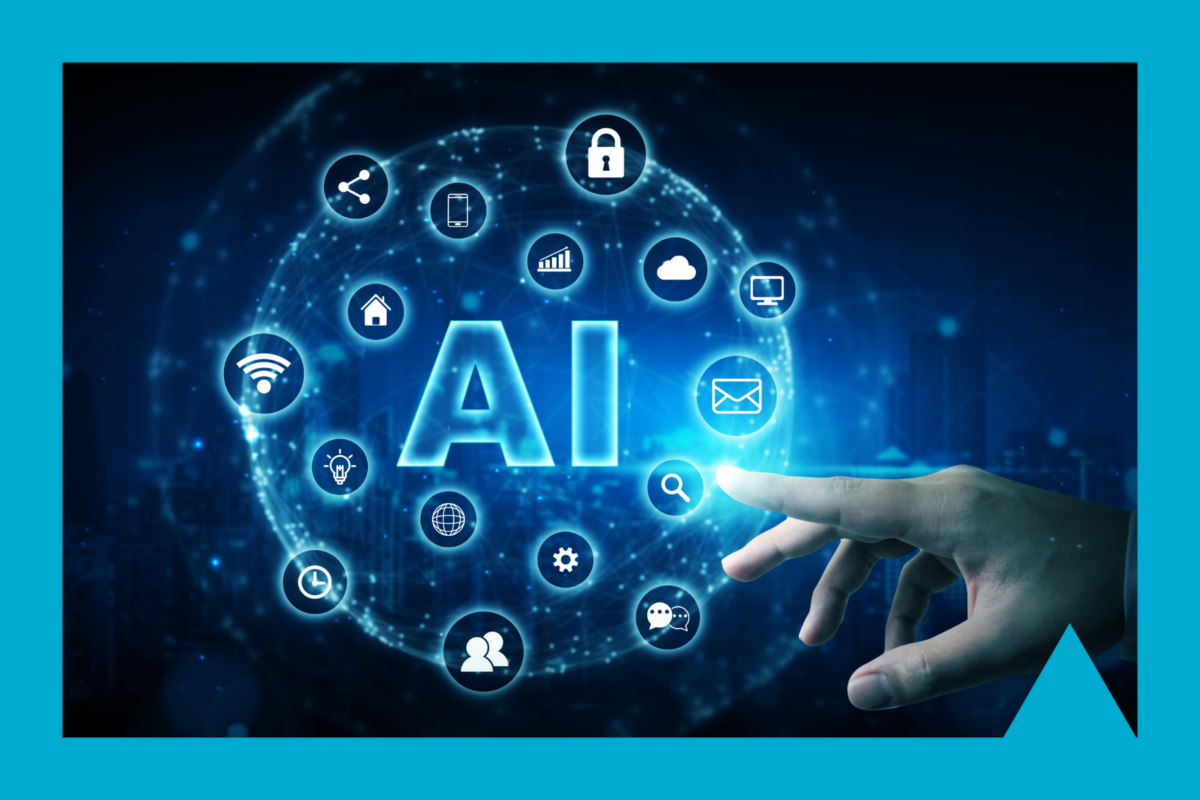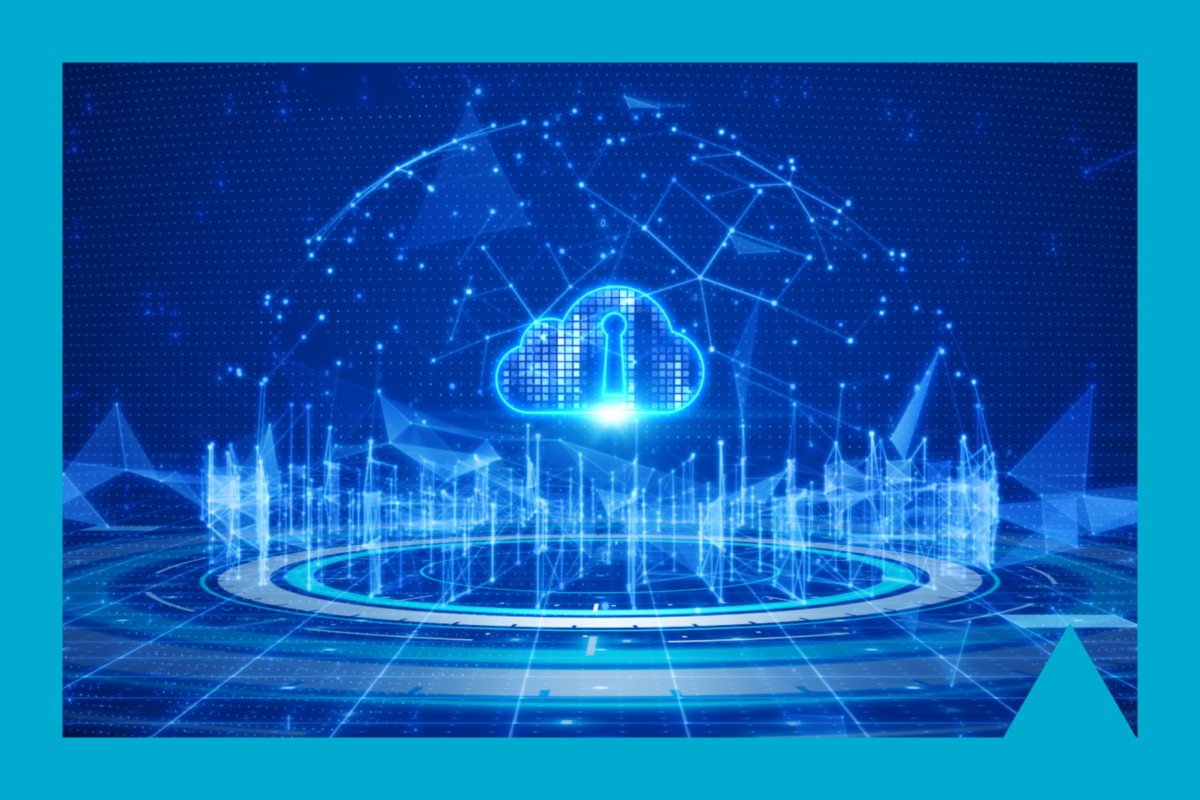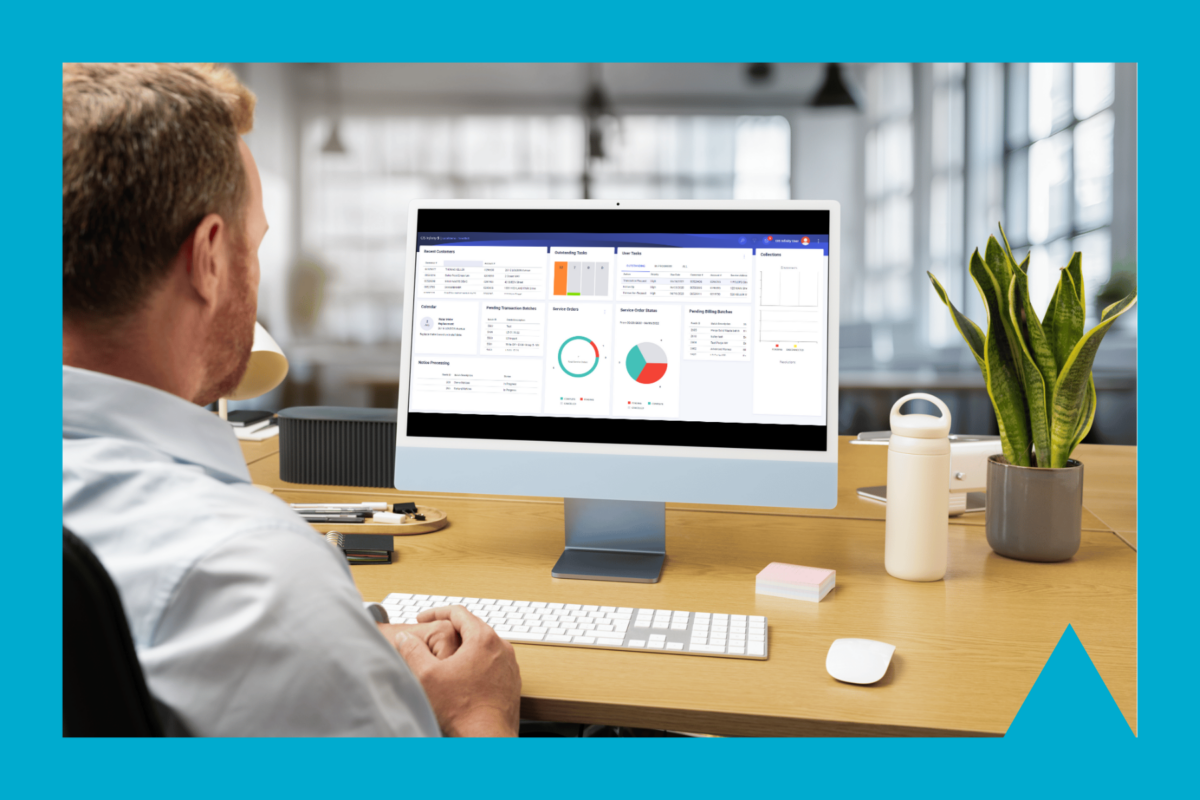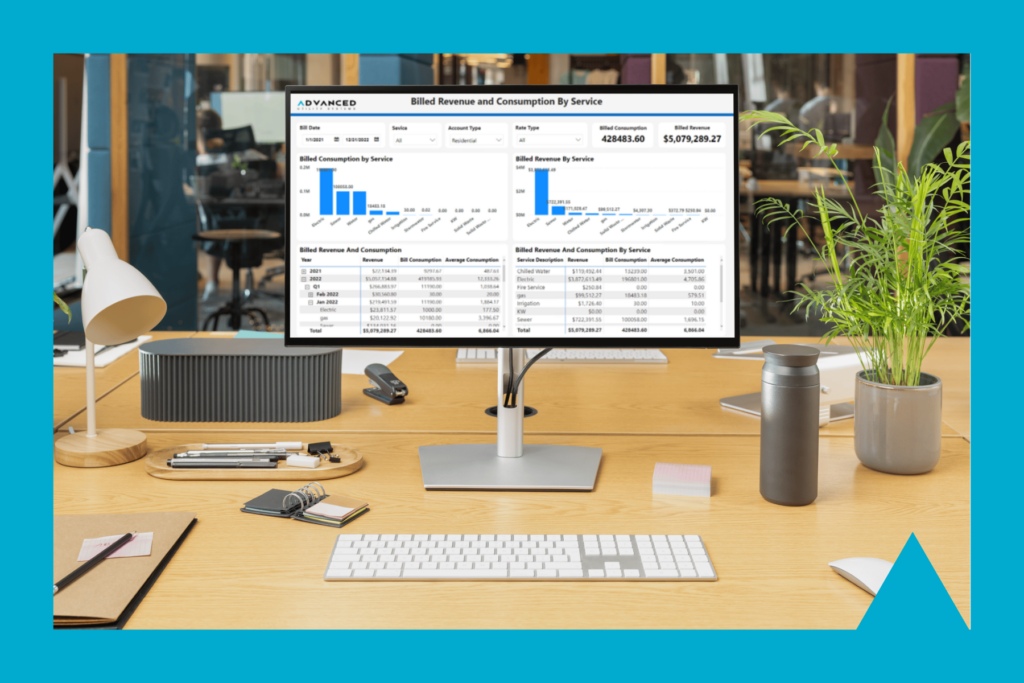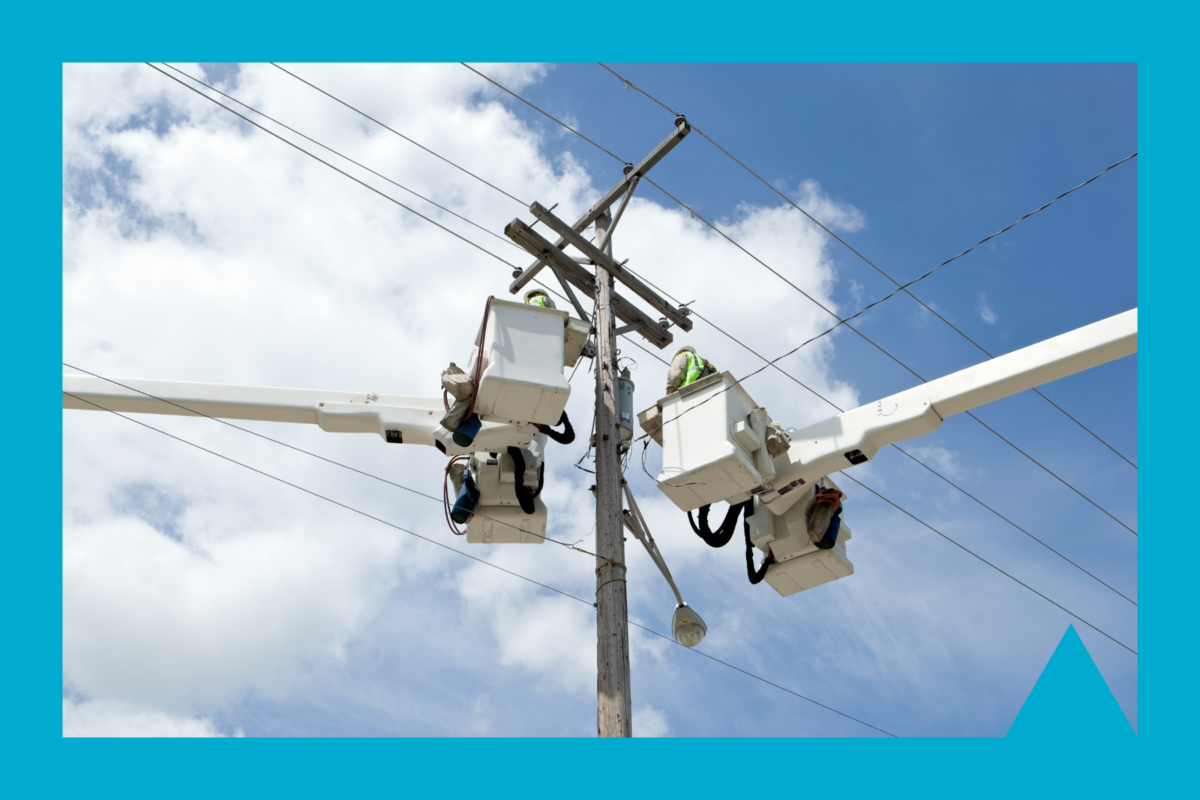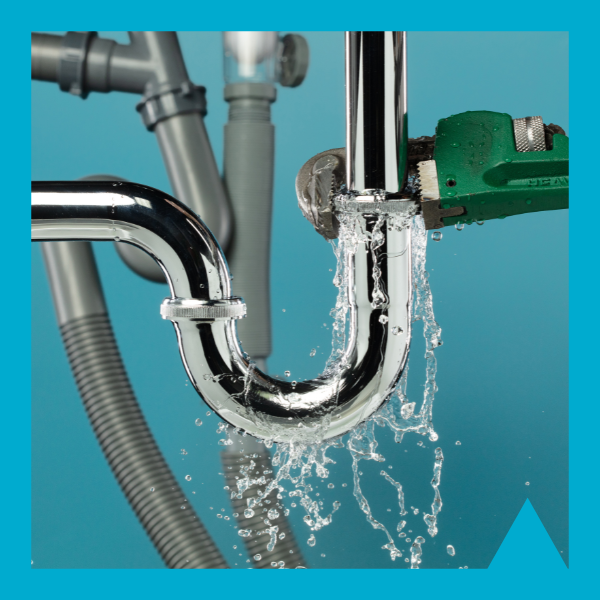How to Integrate the Latest CIS/UB Technology Trends into Your RFP
In the rapidly evolving Customer Information and Utility Billing (CIS/UB) systems landscape, staying ahead of the curve is crucial. Integrating the latest technology trends into your Request for Proposal (RFP) can ensure that your utility is equipped with cutting-edge tools to enhance efficiency, customer satisfaction, and operational excellence. But what are the latest CIS/UB technology trends you need to consider with your next RFP? Read on to discover the trends that will maximize your team’s efficiency.
1. Artificial Intelligence (AI)
AI is transforming CIS/UB systems by enabling smarter data analysis, predictive maintenance, and enhanced customer interactions. AI-driven analytics can help utilities predict usage patterns, detect anomalies, and optimize resource allocation. When drafting your RFP, specify the need for AI capabilities that can:
- Analyze large datasets to identify trends and anomalies.
- Provide predictive maintenance alerts to prevent system failures.
- Enhance customer service through AI-powered chatbots and virtual assistants.
Large datasets can be daunting, and having the right tools in place to analyze this data will make the complex easy to understand, providing action items to improve your operations.
2. Customer Web Portals
Modern customers expect seamless online interactions. A robust customer web portal can provide self-service options, real-time account information, and easy bill payments. When integrating this trend into your RFP, consider the following features:
- User-friendly interface with responsive design.
- Secure access to account information and billing history.
- Options for online bill payment and service requests.
CIS Infinity offers a comprehensive customer engagement portal that enhances the customer experience by providing timely information and facilitating easy access to services.
3. Automation and Workflows
Automation streamlines operations reduces manual errors and increases efficiency. Your RFP should highlight the need for automated workflows that can handle repetitive tasks such as billing, collections, and customer notifications. Key aspects to include are:
- Rule-based automation for billing and collections.
- Automated customer notifications for service updates and outages.
- Workflow management tools to track and optimize processes.
CIS Infinity’s scheduler allows utilities to automate every batch, repetitive customer service, or billing function, ensuring efficient and timely operations.
4. Mobile Workforce Management
Effective mobile workforce management ensures that field workers are well-coordinated and equipped with the necessary tools to perform their tasks efficiently. Your RFP should request solutions that offer:
- Real-time communication between field workers and office staff.
- Mobile access to work orders, maps, and customer information.
- GPS tracking and route optimization for field service efficiency.
CIS Infinity supports mobile workforce management by enabling real-time communication and access to essential information, improving field service operations.
5. Backflow Management
Backflow management is critical for maintaining water quality and preventing contamination. Your RFP should include requirements for backflow management solutions that offer:
- Automated scheduling and tracking of backflow inspections.
- Integration with customer information systems for seamless data management.
- Real-time alerts for potential backflow incidents.
By incorporating these features, utilities can ensure compliance with regulations and protect public health.
6. Personalized Video Engagement
Personalized video engagement is a powerful tool for enhancing customer communication and engagement. Videos can simplify complex information, provide personalized messages, and improve customer satisfaction. When drafting your RFP, consider the following:
- Integration with customer data to personalize video content.
- Multi-lingual and multi-channel video delivery options.
- Templates for various customer interactions, such as onboarding, billing, and support.
SmartVX offers a platform for creating personalized video experiences that can be tailored to individual customer needs, enhancing engagement and retention.
Are You Up to Date on the Latest CIS/UB Trends?
Knowing CIS/UB technology trends can significantly enhance your next RFP’s results. And, knowing what to ask for related to these trends ensures that you have the best possible technology stack to streamline your future utility billing operations. By focusing on AI, customer web portals, automation and workflows, mobile workforce management, backflow management, and personalized video engagement, you can ensure your utility is equipped with the tools needed to thrive in a rapidly changing environment. Leveraging solutions like CIS Infinity and SmartVX can provide a comprehensive approach to modernizing your utility’s customer information and billing systems. Ready to write your next RFP? Talk to us today about scheduling a demonstration of our complete, tightly integrated CIS ecosystem of products.

